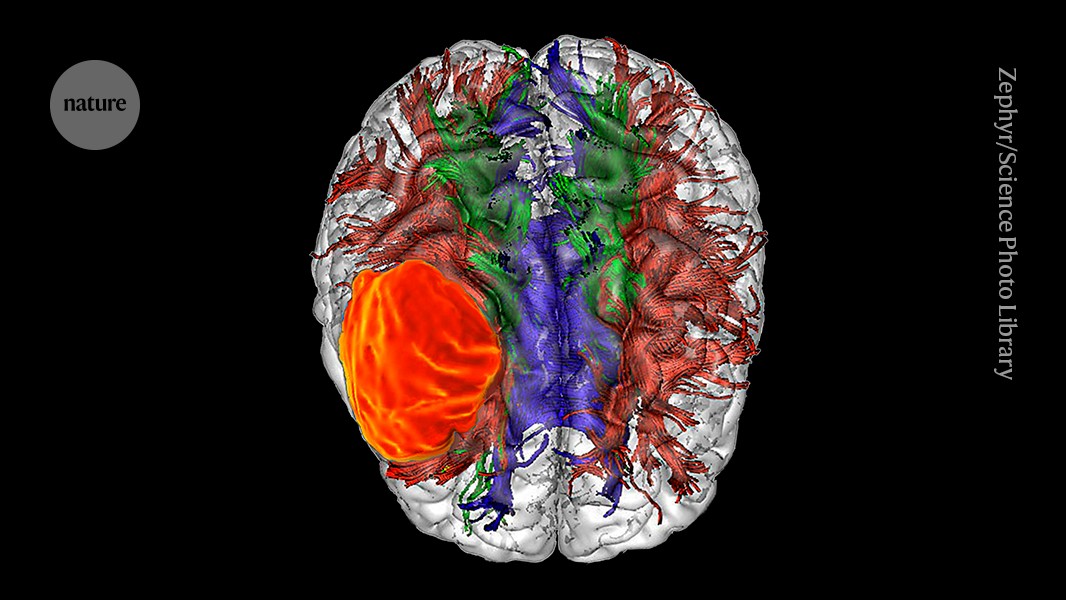Brain tumours in mice grow more slowly when starved of key amino acid

Some glioblastomas steal serine from their environment — a weakness that opens the door to treatment
A highly lethal type of brain tumour often steals key nutrients to aid its aggressive growth — a habit that can be exploited to slow the cancer’s spread, scientists have found1.
Experiments show that many brain tumours called glioblastomas grab serine, a crucial amino acid, from their environment rather than synthesizing it themselves: a metabolic Achilles’ heel. The scientists fed mice with certain kinds of glioblastoma a diet that lacked serine and found that the rodents’ tumours, unable to get their fix the usual way, grew more slowly. The animals also lived longer.
The paper “represents a big advance in the field”, says Sheila Singh, a neurosurgeon–scientist at McMaster University in Hamilton, Canada, who was not involved with the work. “They’ve actually found a metabolic vulnerability of glioblastoma that can be exploited with a therapeutic strategy.”
The work was published on 3 September in Nature.
Ruthless disease
Glioblastomas invade brain tissue with lightning speed and almost always regrow after treatment, which typically involves surgery and a combination of chemotherapy and radiation. Most people who are diagnosed with this type of cancer survive only 1–2 years.
Tumours filch sugar and other resources from their hosts. Cancers then use this loot to run their own metabolic pathways — the network of chemical processes that turn food into useful molecules — doing “whatever it takes to grow and grow and grow,” says study co-author Andrew Scott, a cancer neuroscientist at the University of Michigan in Ann Arbor.
To understand how that strategy works for glioblastomas, the authors of the Nature paper studied eight people who underwent surgery to remove their brain tumours. During surgery, physicians infused the participants with sugar molecules that were labelled with a particular carbon isotope. The researchers then analysed samples of the participants’ tumours and surrounding brain tissue.
By tracking the isotopes, the team found that some glioblastomas use sugar that is taken from their surroundings to make materials such as the basic ingredients for DNA. This helps tumours to grow wildly.
Enjoying our latest content?
Login or create an account to continue
- Access the most recent journalism from Nature's award-winning team
- Explore the latest features & opinion covering groundbreaking research
or
Sign in or create an account Continue with Google
Continue with Google
doi: https://doi.org/10.1038/d41586-025-02801-6
Read the related News & Views, ‘Metabolic tracing reveals brain cancer vulnerability’.
This story originally appeared on: Nature - Author:Traci Watson

















